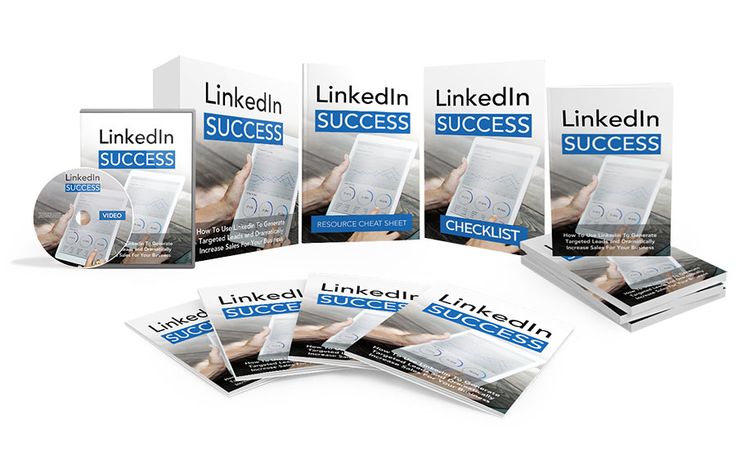Publishing a Private Label Rights (PLR) eBook can be an exciting venture, especially if you’re looking to create passive income or expand your content library plr ebooks. In this guide, we’ll walk you through the steps from concept to sale, ensuring your PLR eBook is polished, market-ready, and appealing to your target audience.

Step 1: Choosing the Right PLR Content
Research and Selection
Start by researching existing PLR eBooks that resonate with your niche. Look for content that offers value and aligns with the interests of your target audience. Key factors to consider include:
- Relevance: Ensure the topic is current and in demand.
- Quality: Review the content for clarity, depth, and engagement.
- Updates: Opt for PLR that is easily updatable, so you can keep your eBook relevant.
Step 2: Customizing Your Content
Adding Your Unique Touch
Once you’ve selected a PLR eBook, it’s time to make it your own. Here’s how to customize it effectively:
- Rewrite Sections: Change the language, structure, and tone to reflect your voice and style.
- Add Personal Experiences: Include anecdotes, case studies, or insights that add credibility and uniqueness.
- Incorporate Graphics: Use relevant images, infographics, or charts to enhance the visual appeal.
Formatting and Design
Ensure your eBook is well-formatted. Use tools like Canva or Adobe InDesign to create an appealing layout. Consider these elements:
- Cover Design: Create a compelling cover that captures attention.
- Consistent Fonts: Use readable fonts and maintain consistent formatting throughout.
- Table of Contents: Include a clear TOC for easy navigation.
Step 3: Crafting a Compelling Sales Page
Highlight Benefits
Your sales page is crucial for converting visitors into buyers. Focus on the benefits of your eBook:
- Identify Pain Points: Address problems your audience faces and how your eBook offers solutions.
- Use Testimonials: If possible, include reviews or feedback from early readers to build trust.
Create an Engaging Call-to-Action
Make it easy for potential customers to purchase your eBook. Use clear, persuasive language in your CTA buttons, such as “Get Your Copy Now” or “Download Today!”
Step 4: Setting Up Your Sales Channels
Choose Your Platform
Decide where you want to sell your eBook. Popular options include:
- Your Website: Integrate a secure payment gateway and create a seamless buying experience.
- Online Marketplaces: Consider platforms like Amazon Kindle, Gumroad, or Etsy for broader reach.
- Email Marketing: Use your email list to promote your eBook directly to your subscribers.
Pricing Strategies
Set a price that reflects the value of your eBook while remaining competitive. Consider offering introductory pricing or bundle deals to encourage initial sales.
Step 5: Marketing Your eBook
Build Buzz Before Launch
Create anticipation around your eBook release. Use these tactics:
- Teaser Posts: Share snippets or graphics on social media to generate interest.
- Email Campaigns: Send pre-launch emails to your subscribers, sharing insights about what they can expect.
Utilize Social Media
Leverage platforms like Facebook, Instagram, and LinkedIn to promote your eBook. Engage your audience with:
- Content Sharing: Post valuable excerpts or related tips to establish authority.
- Live Sessions: Host webinars or Q&A sessions to discuss topics related to your eBook.
Run Promotions
Consider running limited-time discounts or contests to attract more buyers. Collaborate with influencers in your niche to reach a wider audience.
Step 6: Monitoring and Iterating
Track Your Sales
After launching, monitor your sales data to understand what’s working. Tools like Google Analytics can provide insights into customer behavior and conversion rates.
Gather Feedback
Encourage readers to leave reviews or feedback. Use this information to make improvements or develop future products.
Update Content
As trends evolve, revisit your eBook periodically to update or add new information, ensuring it remains relevant and valuable to your audience.
Conclusion
Publishing a PLR eBook can be a rewarding way to share your knowledge and generate income. By following these steps—choosing quality content, customizing it, crafting an engaging sales page, and implementing effective marketing strategies—you’ll be well on your way to a successful eBook launch. Remember, the key is to provide genuine value to your readers, turning them into loyal customers.
